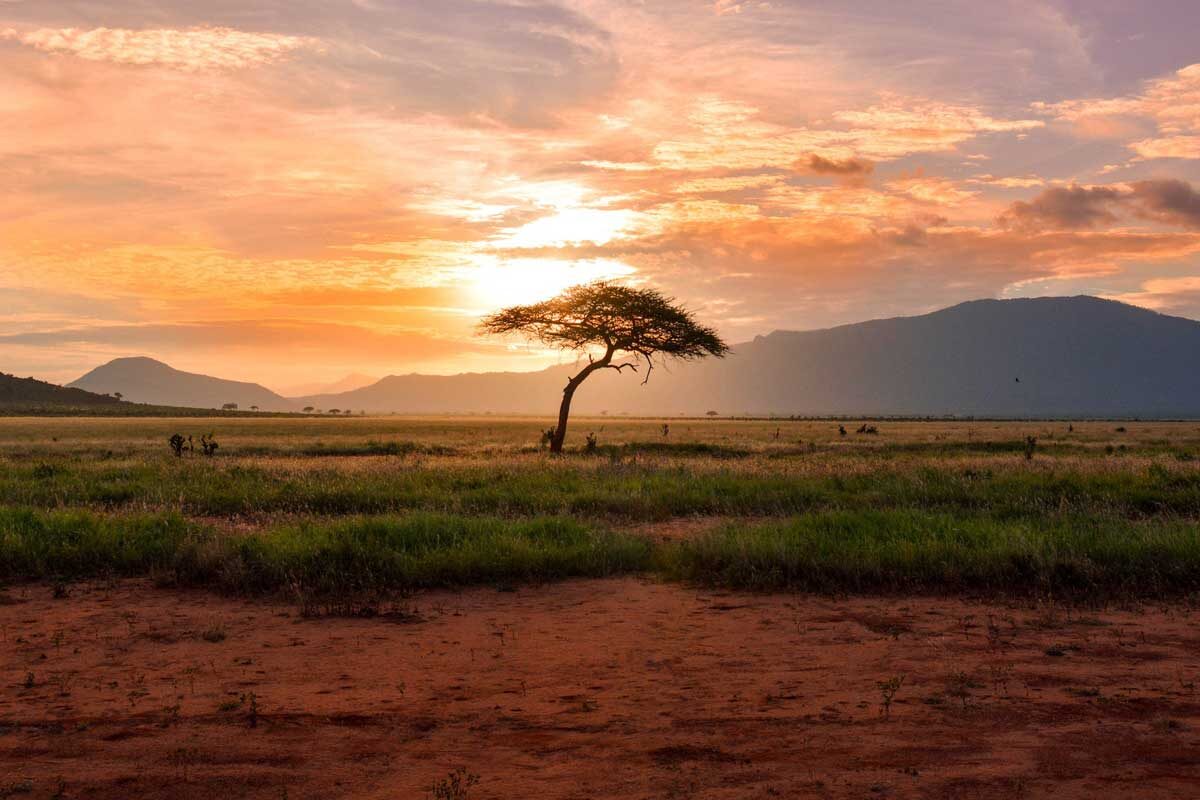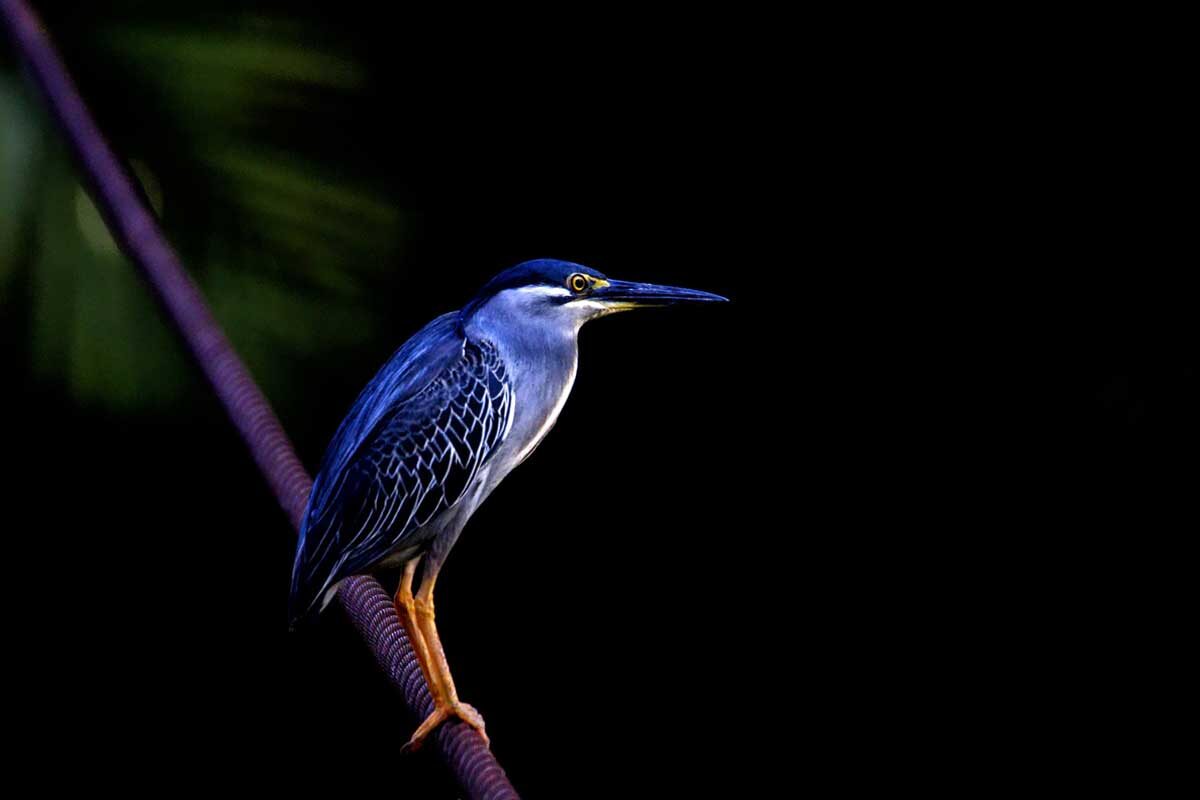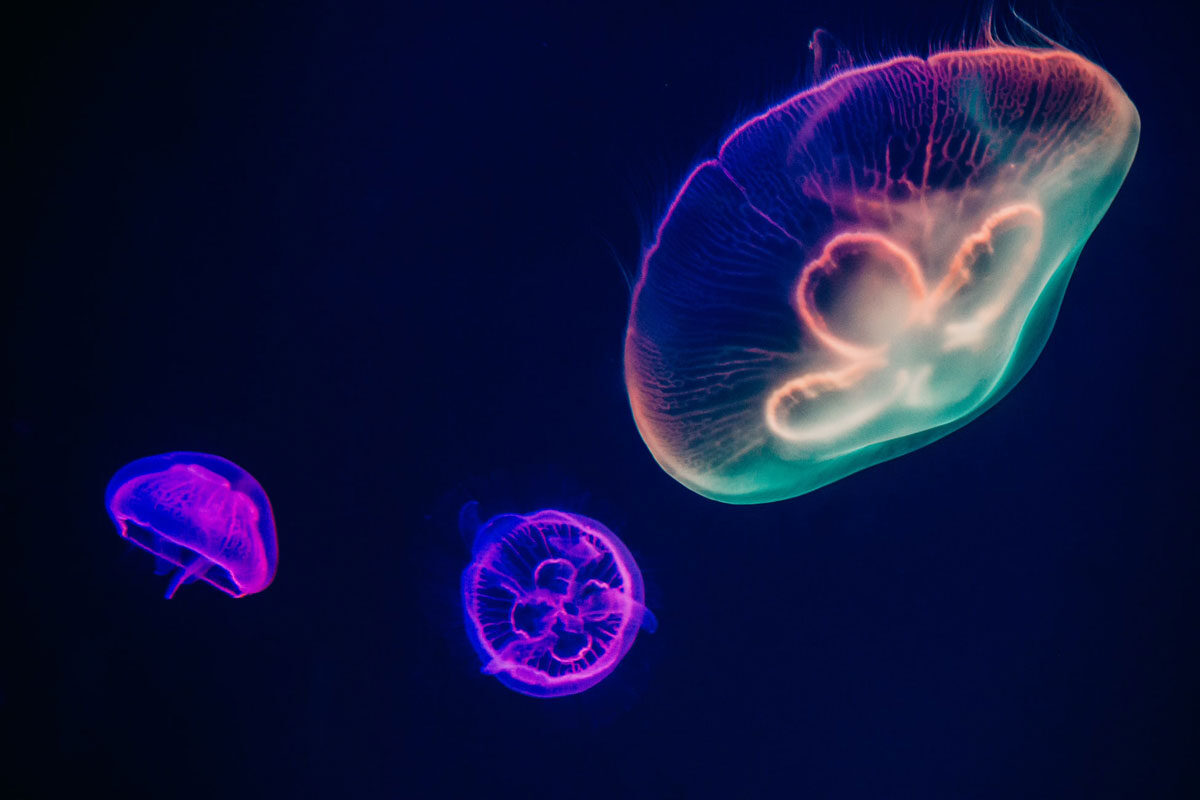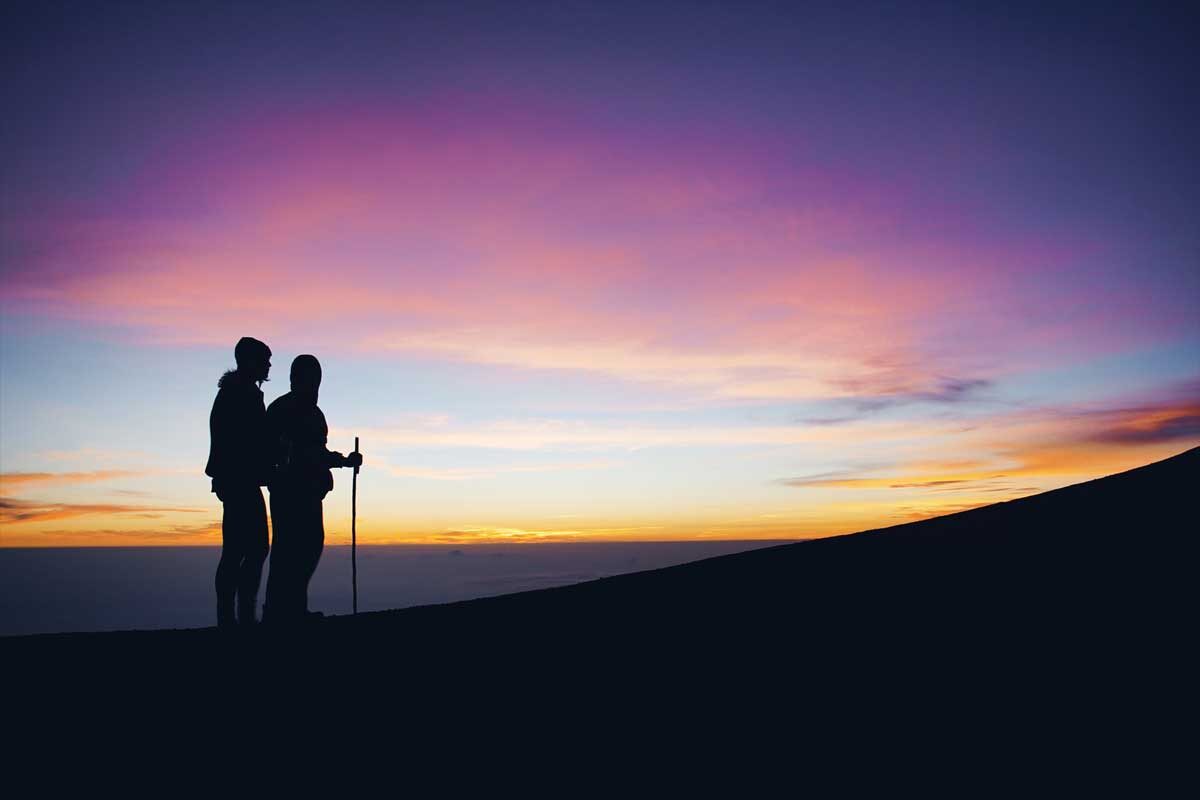Formerly known as Northern Rhodesia, Zambia is a landlocked country at the heart of Southern Africa. The country is a politically stable destination having, fortunately, escaped the strife of some of its neighbours. The wilderness areas protect seriously spectacular wildlife. One of the most significant benefits of visiting Zambia is the lack of tourists. The Zambian authorities have designated 30% of the country’s land as wildlife reserves and national parks (there are now 20 national parks and 34 game management areas).
Zambia boasts incredible destinations like Victoria Falls, where the Zambezi River plunges 108 metres into the Batoka Gorge, and the Lower Zambezi National Park with roaming lions and elephants. The South Luangwa National Park offers exceptional wild dog and leopard sightings, while the more remote North Luangwa is renowned for walking safaris and impressive wildlife, including large herds of buffalo and rare bird species. Kafue National Park, with its diverse wildlife and low tourist numbers, is a highlight, and the vast, wild Liuwa Plains National Park features a massive inland delta and abundant herbivores. Kasanka National Park hosts the world’s greatest annual migration of straw-coloured fruit bats, and the Bangweulu Wetlands, meaning “where the water meets the sky,” offer a haven for aquatic birdlife, including shoebill storks.


















